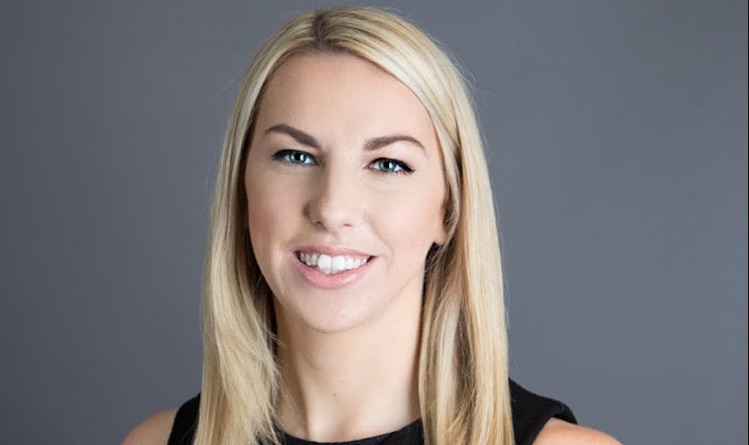The Customer Effect
How Starling Bank is taking cues from Amazon
- U.K.-based challenger bank Starling focuses on customers who expect a Google or Amazon-type experience with their bank
- The bank has multiple sources of revenue, including interchange, a financial product marketplace and a payments network other fintech companies use








